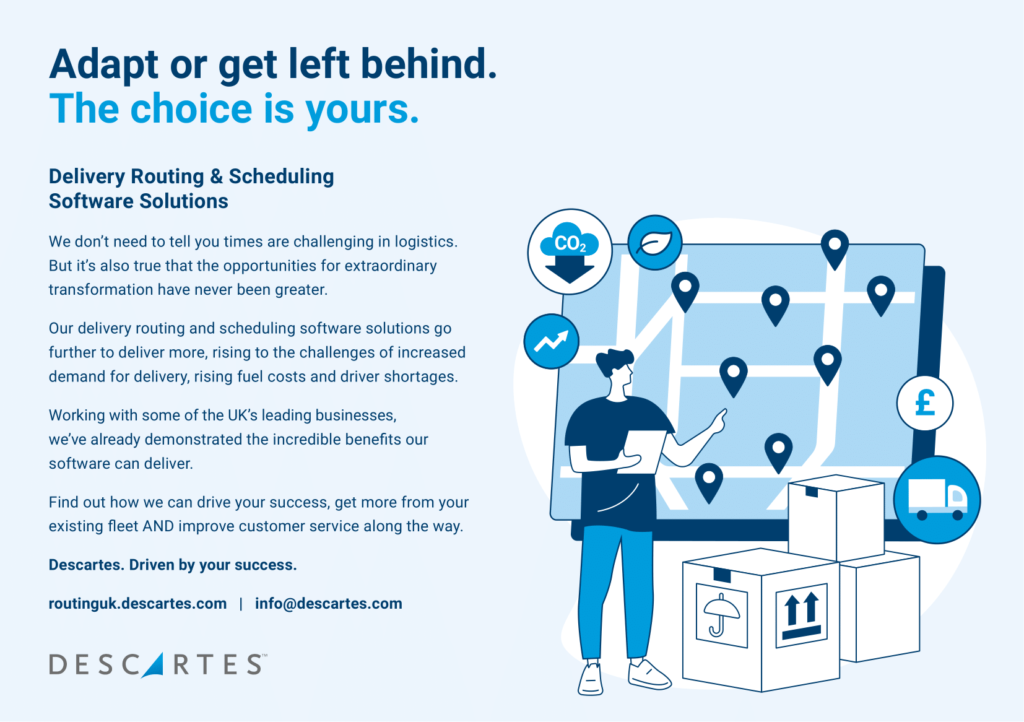The Department of Transport in the UK has just approved Ford’s Blue Cruise technology. What would this mean for driverless cars. Jay Chitnis, Senior Business Consultant, at Endava – a global provider of digital transformation, agile development and intelligent automation services, looks at what this would mean for the market.

A lot of experts say that – trained and programmed correctly – driverless cars will be safer than human drivers. With advanced cameras, sensors and monitoring, driverless cars can possess a level of awareness that humans can’t achieve. This would enable the car to recognise and respond to potential issues lightning fast. However, with the changes to the Highway Code last year which state that users of self-driving cars will not be liable for any incidents caused by the vehicle, the onus is firmly on the technologists.

For driverless cars to take-off, safety must be front of mind and consumer trust is paramount. Along with safety, the hardest part of building the ‘code’ to underpin safe autonomous vehicle software will be take into account the moral and ethical considerations. We cannot be in a situation where we are creating multiple ‘trolley dilemmas’ over and over again on our roads.
Ensuring a non-biased, politically agnostic and common-sense approach to software construction will be critical to creating software that allows responsibility of driving to sit with the technology alone. Systems must be cutting-edge and of the highest standard to allow for split second decisions that are not based simply on reducing claim size and decreasing the liability of manufacturers and insurers. The ongoing development and trials of autonomous vehicles provide a great opportunity for companies to marry technology with ethics and these considerations must be fully understood, and systems must be up-to-scratch as we plan for widespread adoption. It’s also important to realise that like all software, it is rare to get it right first time so approaching these projects with an agile mindset and building the technical rails to allow for flexible and efficient change management will ensure limited legacy and ultimate evolution.
There’s a collective responsibility to combine the strengths of all the organisations together to form an opinion on the best way to introduce autonomous vehicles onto our roads. Consumers need to dictate what is best for them as the ultimate users of the roads. Manufacturers hold the technological key to transform the consumers requirements into responsive, realistic and tangible products that are fit for the purpose. Insurance organisations must challenge themselves to be more flexible and innovative with the products they create to be a springboard for the technology rather than a hurdle. Governments must be strategic in their legislation creation to enable the correct infrastructure, education and legal frameworks to be put in place.
Ultimately, it is this ecosystem that will evolve the necessary technology and philosophy to bring autonomous vehicles to our roads. Technology is busting at the seams and once we have the ecosystem in place with the mindset of delivering value through innovation, it will be the catalyst for an autonomous car revolution.


